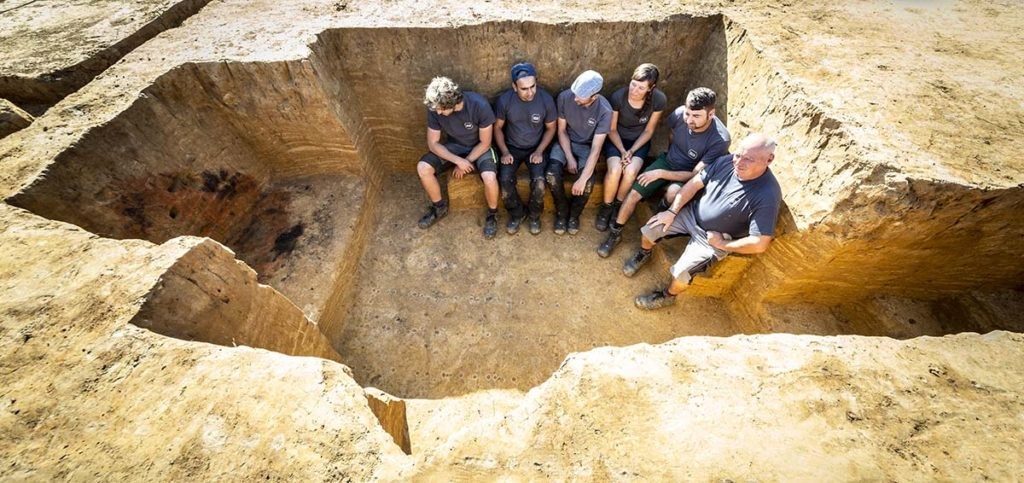Archaeologists exploring a future construction site at Doorn Noord in Ninove in East Flanders have discovered evidence of an iron smelting plant dating back to late Roman times.
The find is the first evidence of such activity to be found in the area. The site shows evidence of the artisanal production of iron from iron ore taking place around the late first to early second century CE.
The 23-hectare site is the location for a future business park, but before construction can begin, the law in Flanders allows archaeologists access to the site for an initial examination. If something of interest is found, further development can be held up while a more thorough investigation takes place.
The dig going on currently started some 18 months ago, and is expected to last for some months more.
Previous finds include burial monuments from the late Neolithic period (2500-2000 BCE) and Bronze Age (2000-1000 BCE). The archaeologists also found signs of military encampments from the end of the 17th and mid-18th century. Those include bunkers dug into the ground, with seats for the soldiers and even a fireplace and staircase all cut from the clay.
Between the two, a settlement dating from Roman times.
“The settlement arose at the crossing of two roads,” archaeologist Arne Verbrugge told the VRT.
“There are remains of houses, roads and graves, but this is the first time we have also found traces of iron production. It’s the first evidence of Roman iron production in this area. This gives us an insight into the lives of people in the second century. They smelted ore into iron and used it to make tools.”
The archaeologists will now work with Ghent university to try to determine the extent of the production, and what precisely the iron was used for.
Alan Hope
The Brussels Times

